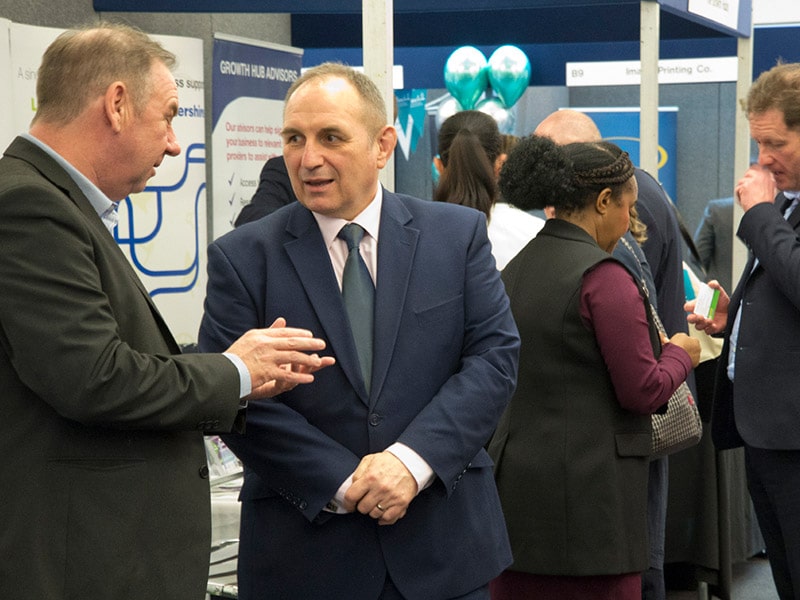
Many times we are asked how a corporate event is organized and the answer is so detailed that it is difficult to answer quickly and concisely to that question. The key to doing so is to be very exhaustive since the organization of events for companies must be based on a methodology that we divide into four phases: information gathering, creative proposal, execution of the event and measurement of results.
Steps to organize an Event:
1. Gathering information
In event planning, everything depends on the type of business event. Therefore, information is essential to do our job. Each event is personalized and designed to measure for each client so the information it provides is vital to be able to direct our ideas and proposals well.
The purpose of this compilation of information is none other than to detect the real needs of the client and work according to them.
What we need to know:
- Objective of the event
- Why you want to celebrate this event? What do you want to achieve with it?
As possible answers, we can find reasons as varied as celebrating a company anniversary, presenting new products or informing about novelties, encouraging teamwork and the values of the company, rewarding for the good work done during the year, generating a greater link between the company and the attendee, capturing new customers, generating brand image, etc.
To whom it is addressed
Is it an event for company employees? Is it aimed at customers? Potential customers? The general public?
Basic information about the event to be held:
- Possible date(s) of celebration
- Event Schedule
- Estimated number of attendees
- Wizard Profile
- Budget available for the action

Other relevant information: historical information about your company, its corporate values, philosophy, information about the activity of the company and its sector but we are also interested in knowing how they have imagined the event, if they are open to suggestions, what they like and what they would not like to see in your event.
2. Preparation of the proposal
Once the needs of the client been detected and we have been able to learn more about his activity, history and philosophy.
The information provided in the previous point will determine how to approach and focus all the elements of this phase to provide the value.
What should our proposal include?
Creative axis and content (theme design, activities, 3D recreations)
It is the key part of our approach, it is the idea that connects the objectives and needs of the client with its corporate event.
It is about giving the necessary content to the action so that the message to be transmitted can be fulfilled, based on the previously established objectives.
This section would include the inspiration and design of the theme of the event. It also develops here the approach of the event: how our agency conceives that event, what planning times we propose, which places are most suitable for events, type of spaces raised, what activities and decorations will be incorporated into the event to help convey our message, 3D recreations (render) of how the space will be, and so on.
Technical details
In this sense we will have to include:
- Proposal of space or location of the event
- Ambience and decoration: In this item we will take into account all those elements that must incorporate space to carry out the event proposed in our creative axis: adaptation and installation of audiovisual media, lighting, furniture, corporate signage, floral decoration, etc.
- Actions
- Catering, event catering: you can go from breakfast to an aperitif, cocktail or a seated lunch or dinner
- Personnel: detail of all the personnel that will work in the event: hostess team, speakers, presenters, assistants…
- Accommodation and travel of guests
- Logistics: just as important as the creative axis and the approach is how you are going to carry it out and for this, to calculate well the times and the assembly plan, the times of rehearsals, the timming and escaleta of the event and the dismantling at the end is fundamental.
- Agency fee: Amount of services provided by the event agency.
3. Execution or management of the event
Now entering work planning phase that encompasses everything accepted in the proposal:
- Develop a schedule with deadlines for completion of work
- Have regular meetings client – agency – collaborators
- Keep track of the work and fulfillment of tasks included in the calendar (for example: graphic design of posters, subsequent printing, etc.).
- Elaborate a realistic assembly plan: have the necessary personnel, realistic assembly times, loading and unloading permits, permits for access to residents’ streets…
- Scaleta of tests and rehearsals prior to the event
- Briefing to the team: all the staff involved in the event must know well what their role is in it and who to turn to in case of doubt. It is important to send these briefings prior to the event and comment on them beforehand, although they are always reviewed moments before the event begins.
- Event: coordination that everything is going according to plan and follow-up of the play-list.
- Disassembly: as with assembly, we must have the necessary personnel to carry out the disassembly in the time available for it and coordinate the loading of material.
Behind the organization of a corporate event, there is a professional methodology and a very important and meticulous planning work that many times cannot be assumed by the company’s personnel.
